看这篇文章前要清楚vue,element,axios,api的使用方式
1、sql语句
#创建mywebsite数据库
create database mywebsite;
#进入mywebsite数据库
use mywebsite;
#创建userdata表
create table userdata
(
username varchar(30) not null comment '用户名',
userpwd varchar (30) not null comment '密码'
);
#向userdata表添加数据
insert into userdata values ('zzj','admin');
2、创建基本的查询功能(不含前端)
2.1、创建springboot项目
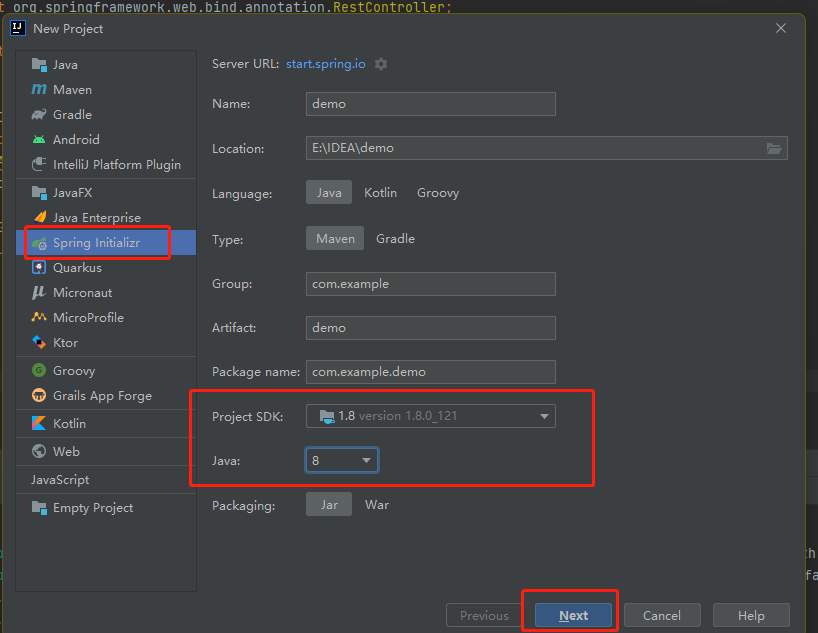
2.2、选择所需要的插件
spring web、JDBC API、MySQL Driver、
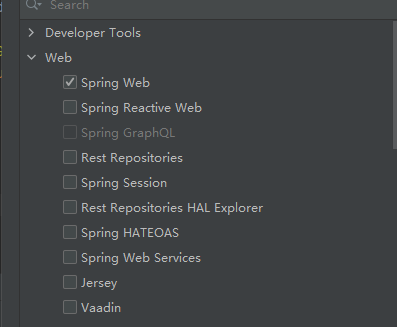
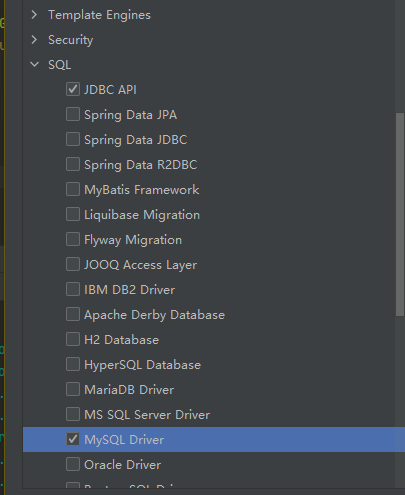

2.3、编写application.properties配置文件
application.properties主要用于配置数据库连接信息
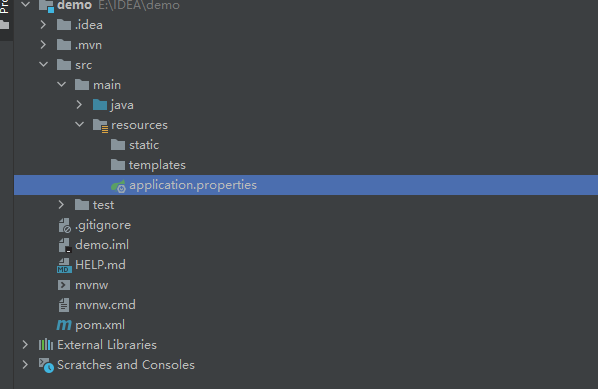
application.properties
#springboot执行端口
server.port=8080
#JDBC驱动
#低于mysql8.0版本,不包含8.0
#spring.datasource.driver-class-name=com.mysql.jdbc.Driver
#高于mysql8.0版本,包含8.0
spring.datasource.driver-class-name=com.mysql.cj.jdbc.Driver
#数据库路径
spring.datasource.url=jdbc:mysql://localhost:3306/mywebsite?serverTimezone=UTC&useUnicode=true&characterEncoding=utf-8
#数据库用户名
spring.datasource.username=root
#数据库密码
spring.datasource.password=admin
2.4、编写测试类
编写测试类,便于判断数据库连接是否正确
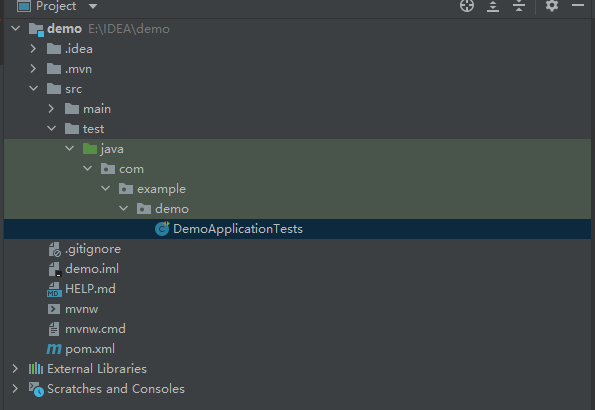
DemoApplicationTests
package com.example.demo;
import org.junit.jupiter.api.Test;
import org.springframework.beans.factory.annotation.Autowired;
import org.springframework.boot.test.context.SpringBootTest;
import javax.sql.DataSource;
import java.sql.Connection;
import java.sql.SQLException;
@SpringBootTest
class DemoApplicationTests {
@Autowired
DataSource dataSource;
@Test
void contextLoads() throws SQLException {
//查看数据源
System.out.println(dataSource.getClass());
//获得链接
Connection connection = dataSource.getConnection();
System.out.println(connection);
//关闭链接
connection.close();
}
}
2.4.1运行
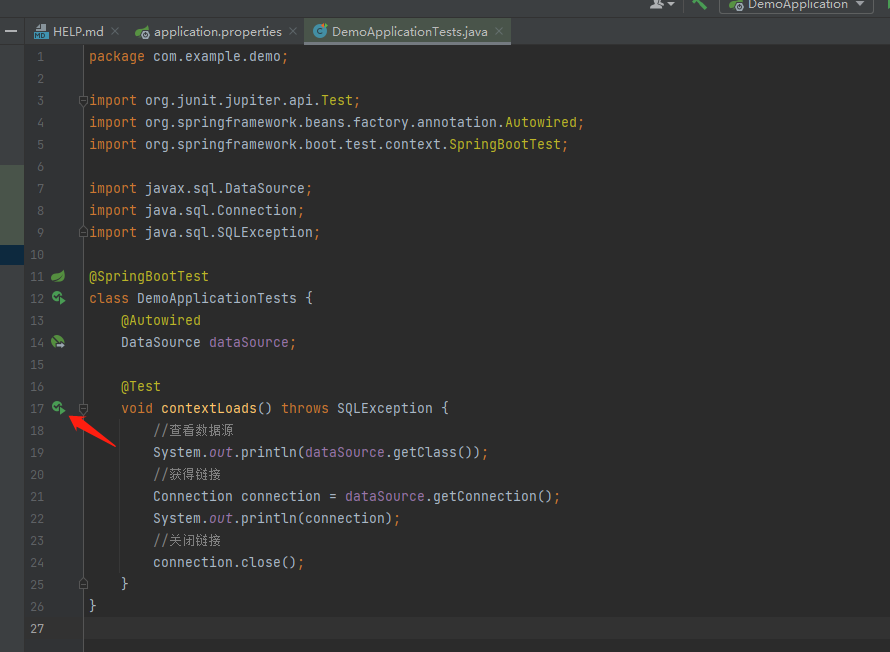
如果控制台报错,这代表配置文件错误。数据库连接失败。需检查并重新配置。

如果控制台通过,且有绿条。这表示配置文件正常,数据库连接正常

2.5、编写执行sql语句的主方法
2.5.1、创建java文件
在demo下创建一个content文件夹(package),并在content文件夹内创建个login.java文件
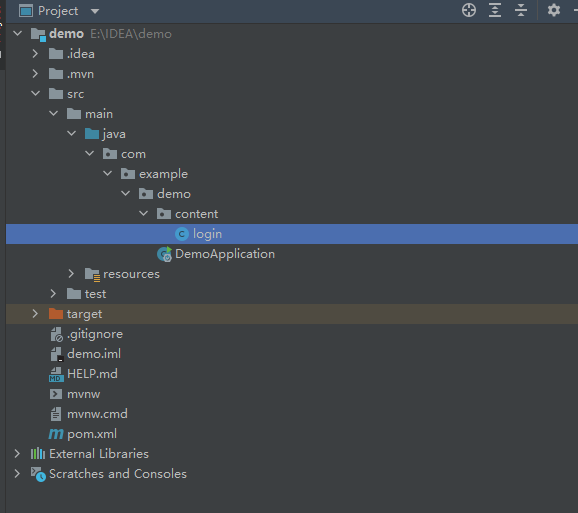
2.5.2、查询所有语句
select* from userdata
打开刚才创建的login.java文件并编写代码
login.java
package com.example.demo.content;
import org.springframework.beans.factory.annotation.Autowired;
import org.springframework.jdbc.core.JdbcTemplate;
import org.springframework.web.bind.annotation.GetMapping;
import org.springframework.web.bind.annotation.RestController;
import java.util.Map;
@RestController
public class login {
@Autowired
JdbcTemplate jdbcTemplate;
@GetMapping("/login")
public Object login() {
// 设置sql语句
String sql = "select * from userdata";
// 执行sql语句并返回map
Map<String, Object> map = jdbcTemplate.queryForMap(sql);
// 返回
return map;
}
}
2.5.3、运行springboot
5.3.1打开DemoApplication文件

2.5.3.2运行springboot

2.5.3.3这样这表示运行成功了

2.6、查看效果
打开浏览器,并在地址栏输入http://localhost:8080/login

以上最基本的springboot查询sql数据库的方法。但是可以看到,得到的数据是一串json格式。这样我们无法使用。其实这个只需要get我们想要的值就可以了。
2.7、获得json类指定数据
2.7.1、假如是我只想获得userpwd里面的admin数据
login.java
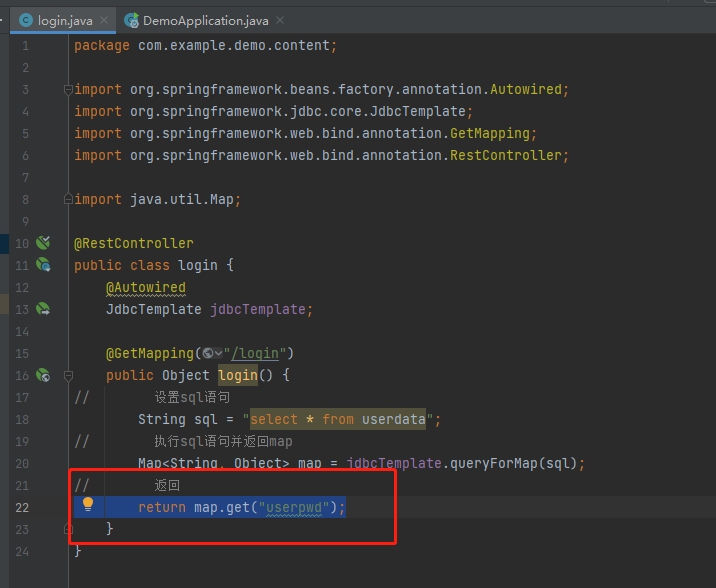

是吧!
2.7.2、同样在控制台输出也是如此
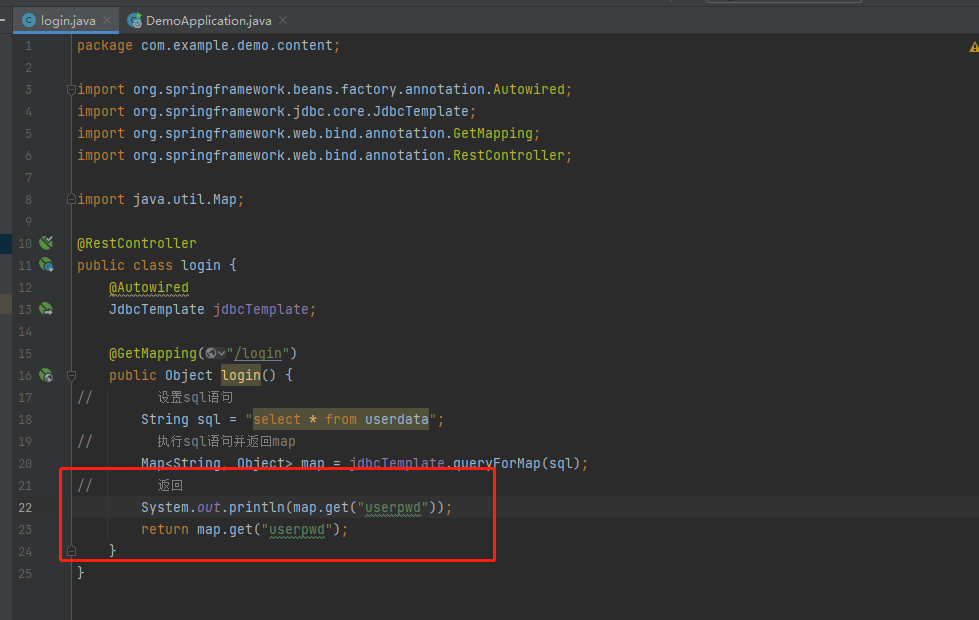

3、结合前端axios调用api来只想springboot语句
下列我用登录来做实列。登录要前端利用axios来向springboot后端传递数据。并且后端去抓取SQL的数据,并进行判断。根据条件返回布尔值
3.1、配置后端
3.1.1、第一步最重要的跨域问题。别看在浏览器可以正常运行,但是一到axios就要出毛病。

添加一个@CrossOrigin注解即可
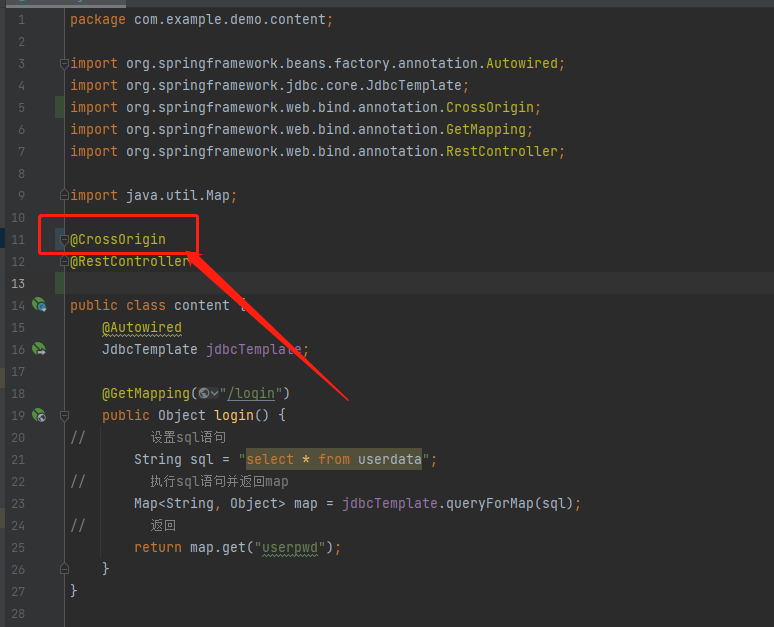
3.1.2、登录验证,后端要接受两条数据。用户名和密码,并作出判断
//required=true代表如果没有数据就会报错
@RequestParam(value = "username" ,required = true) String username,
@RequestParam(value = "userpwd" ,required = true) String userpwd
package com.example.demo.content;
import org.springframework.beans.factory.annotation.Autowired;
import org.springframework.jdbc.core.JdbcTemplate;
import org.springframework.web.bind.annotation.CrossOrigin;
import org.springframework.web.bind.annotation.GetMapping;
import org.springframework.web.bind.annotation.RequestParam;
import org.springframework.web.bind.annotation.RestController;
import java.util.Map;
@RestController
//跨域问题
@CrossOrigin
public class content {
@Autowired
JdbcTemplate jdbcTemplate;
@GetMapping("/login")
// 传递两个参数
public Object login(@RequestParam(value = "username", required = true) String username, @RequestParam(value = "userpwd", required = true) String userpwd) {
// 设置sql语句
String sql = "select * from userdata where username = " + "'" + username + "'";
// 执行sql语句并返回map
Map<String, Object> map = jdbcTemplate.queryForMap(sql);
// 判断密码是否正确
if (userpwd.equals(map.get("userpwd"))) {
return true;
} else {
return false;
}
}
}
3.1.3、在网页中测试
假如是我的用户名和密码分别的root和admin
打开浏览器,并在地址栏输入http://localhost:8080/login?username=zzj&userpwd=admin

如果密码错误

3.2结合前端axios发送api请求
我这里有个登录页面
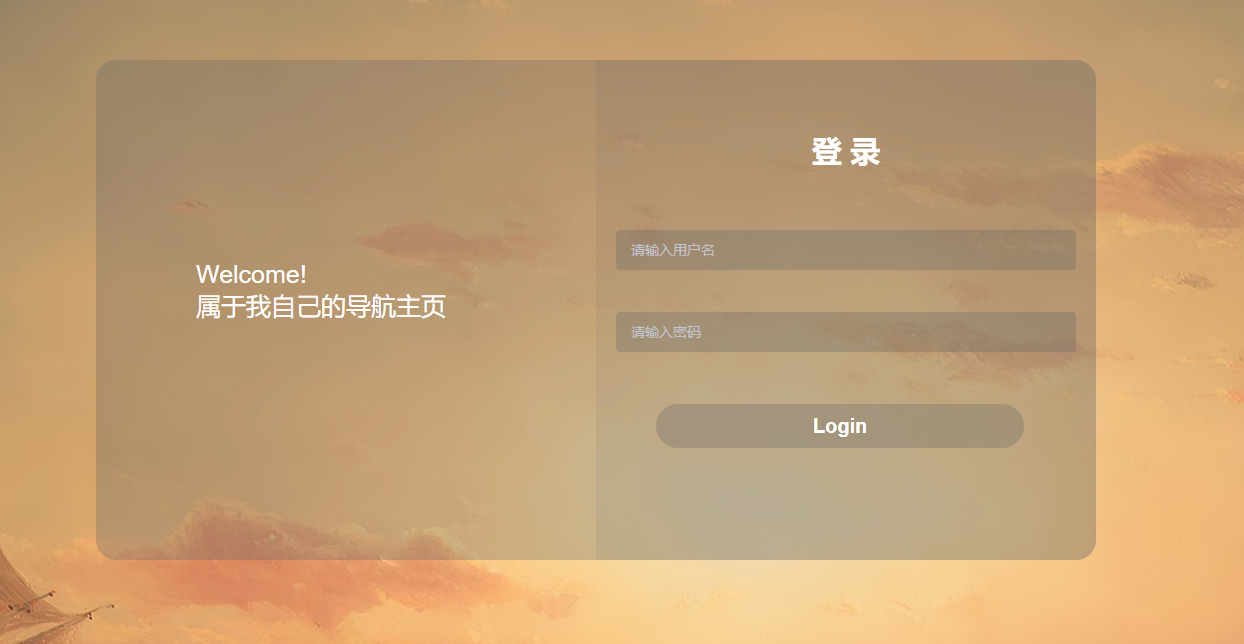
当点击Login后前端向后端发送api请求并接受返回,根据返回的布尔值执行下面的操作
具体如何配置看,axios基本使用。
3.2.1、配置network定向后端地址及端口
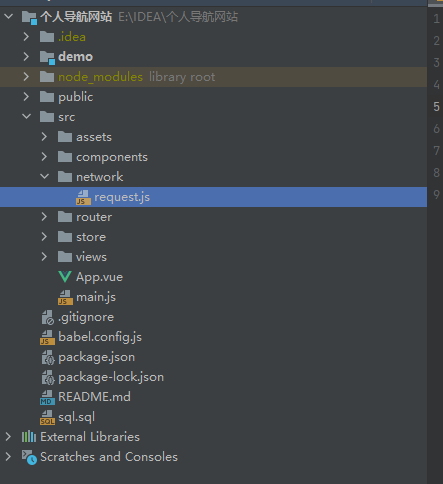
import axios from 'axios'
export function request(config) {
let newVar = axios.create({
baseURL: 'http://localhost:8080',
timeout:5000
});
return newVar(config);
}
3.2.2、配置登录界面(基于vue+elemenet)
methods: {
click() {
this.$refs["form"].validate((valid) => {
if (valid) {
request({
// 配置GetMapping
url: 'login',
params: {
// 传入两个参数
username: this.$data.user.name,
userpwd: this.$data.user.password
}
}).then(res => {
if (res.data) {
// 返回如果为true
this.$message({
type: 'success',
message: '登录成功'
});
} else {
// 返回如果为false
this.$message({
type: 'warning',
message: '密码错误'
});
}
}).catch(err => {
// 如果后端报错
this.$message({
type: 'warning',
message: 'API错误'
});
})
} else {
this.$message({
type: 'warning',
message: '校验错误'
});
}
});
}
}


以上是基于vue+elemenet+springboot的基本的api配置及使用。